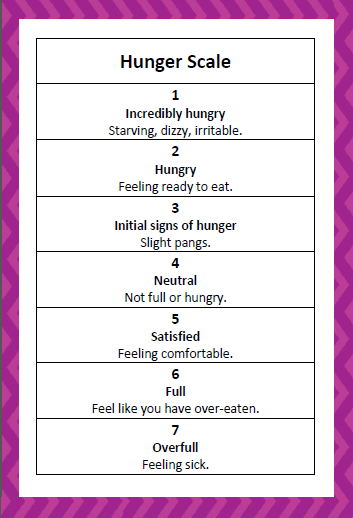Ensuring you have good nutrition during pregnancy helps with achieving a healthy pregnancy weight gain and reduces the risks of pregnancy complications including gestational diabetes, hypertension and pre-eclampsia.
The benefits to good nutrition are two-fold when you are pregnant, you're making a difference to the health of not only yourself but your baby too.
Time-Saving Food Preparation Tips
- Try out some of these food preparation tips to save time:
- Do one big grocery shop based on your meal plan for the week rather than frequent small shops
- Avoid over-stuffing your fridge by going through it regularly and discarding foods past their use-by date. This will allow you to see what food is in your fridge and save time and money when finding ingredients
- Spend 20 minutes doing some food preparation after each grocery shop. Having the vegetables, herbs and fruit pre-chopped and ready for meals reduces the preparation time on the day
- Invest in some key kitchen appliances/utensils to make the food preparation more efficient. Some useful tools are:
- Mandolin slicer: speedy slicing of vegetables to add to salads and hot meals
- Food processor and garlic crusher: save time on chopping and combining
- Immersion/stick blender: great for smoothies, soups and pureeing baby food
- Non-stick grill pan: no oil or butter needed. Maintain by using heat resistant plastic utensils (spatula, tongs) and non-scratch sponges when cleaning
- Rice cooker: to allow you to focus on other parts of the meal
- Slow-cooker: just throw in all the ingredients and leave
- Sandwich toaster: a quick meal for those days you lack the energy
- Cook once, eat twice: if you're going to the effort of making a hot meal, for a small increase in labour you can cook double the amount and refrigerate (for the next day) or freeze (for another day) the second batch
- Stock your fridge's lower shelf with healthy snacks e.g., apple slices, carrot sticks that are easy to grab on the run (by you or another family member). You can have something similar in your pantry with bags of single-serves of dried fruit and nuts, pretzels or rice crackers
- Some quick and easy ways to add flavour to meals:
- Toasted nuts
- Herbs and spices
- Lemon or orange zest
- Sharp parmesan cheese or reduced fat cheddar
- Red or spring onion finely chopped
Hunger Scale
Some of the common barriers to healthy eating are related to being out of touch with your hunger levels. Problems arise from this, like:
Getting "Over-Hungry"
Letting yourself get over-hungry can lead to over-eating when you do have a meal. It can also mean that you can make poorer food choices. Ways to manage your hunger are:
- Eating every three hours and having some carbohydrate with every meal or snack (to balance your blood sugar levels)
- Choosing nutrient and fibre-rich but low energy-density snacks like fruit and vegetables to curb feelings of hunger
Non-Hungry Eating
While non-hungry eating is common, it affects some more than others. Some of the reasons people might eat when they are not hungry include:
- Reacting to food stimuli (the sight or smell of food, food advertisements, driving past a favourite takeaway shop) without thinking. You can deal with this by taking time to decide whether you actually feel like eating at that moment.
- Confusing hunger with thirst. Try to think when you last had a drink and check whether your mouth is a little dry - It may be that your body actually wants fluid and not food.
- Eating "just in case they get hungry later".
- The food tastes great - remember that if you are eating for taste, you need less than if you are eating to satisfy hunger
- Because they are bored, tired, or distracted by TV or another activity
- They are worried that they might offend someone who has prepared a meal for them or were brought up to "finish everything on their plate"
- They use food as a reward or "treat" or They eating out of habit or because "it's there"
- Food brings back nice memories for them
- They eat more because they are pregnant and think they need to eat for two. Remember pregnancy is a time to eat twice as healthy, not twice as much.
By developing your awareness of hunger and fullness it helps you to tell the difference between real hunger and wanting to eat for other reasons ("non-hungry eating").
Secondly, it helps you determine when you have had enough to eat. Use the Hunger-scale below to help check your hunger and try to stay within levels 2 to 5.

